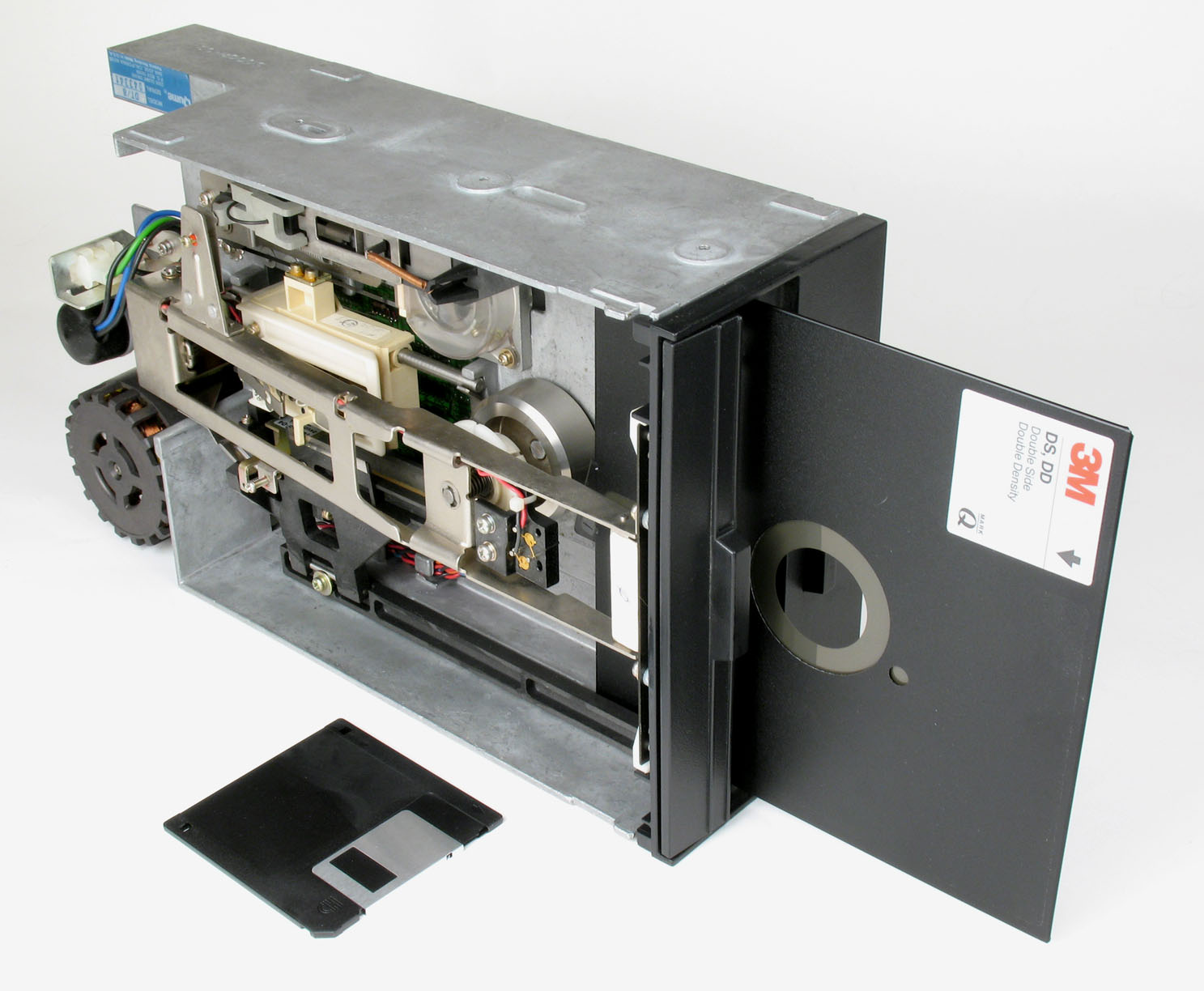

To resolve this problem, re-format the floppy disk with Windows 98, Windows Millennium Edition, Windows NT, Windows 2000, Windows XP, or Windows Server 2003. The media descriptor byte is located in the BPB of the boot sector at offset 21 (15h) and in the first byte of each FAT on the disk. Therefore this problem does not occur with these older operating systems. With MS-DOS and Windows 95, you do not have to set the media descriptor byte. The media descriptor indicates the type of medium currently in a drive. Older product disks may also not have the media descriptor byte. Some older preformatted floppy disks do not contain a media descriptor byte. This problem occurs on disks that do not contain a media descriptor byte in the BIOS parameter block (BPB) of the boot sector. The same disk may work correctly with MS-DOS or Windows 95, or after you re-format the disk with Windows 98, Windows Millennium Edition, Windows NT, Windows 2000, Windows XP, or Windows Server 2003. This example performs a full format of the D volume using the NTFS file system and allocation size 8192.STOP: The disk media is not recognized, it may not be formatted. Example 4: Full format using NTFS and allocation size 8192 PS C:\> Format-Volume -DriveLetter D -FileSystem NTFS -AllocationUnitSize 8192 Example 3: Format all D drives across a cluster PS C:\> Get-Volume -DriveLetter DĭriveLetter FileSystemLabel FileSystem DriveType HealthStatus OperationalStatus SizeRemaining Sizeĭ Server1 NTFS Fixed Healthy OK 126.76 GB 126.87 GBĭ Server2 NTFS Fixed Healthy OK 126.76 GB 126.87 GBĭ NTFS Fixed Healthy OK 126.76 GB 126.87 GBīe careful, if using this cmdlet on a Windows Cluster, it would format all drives returned by the Get-Volume cmdlet. This example performs a full format of the D volume using the FAT32 file system. Example 2: Full format using FAT32 PS C:\>Format-Volume -DriveLetter D -FileSystem FAT32 -Full -Force This example performs a format of the D volume. Examples Example 1: Quick format PS C:\>Format-Volume -DriveLetter D To create a new volume, use this cmdlet in conjunction with the Initialize-Disk and New-Partition cmdlets. This cmdlet returns the object representing the volume that was just formatted, with all properties updated to reflect the format operation. The Format-Volume cmdlet formats one or more existing volumes, or a new volume on an existing partition. Formats one or more existing volumes or a new volume on an existing partition.


 0 kommentar(er)
0 kommentar(er)
